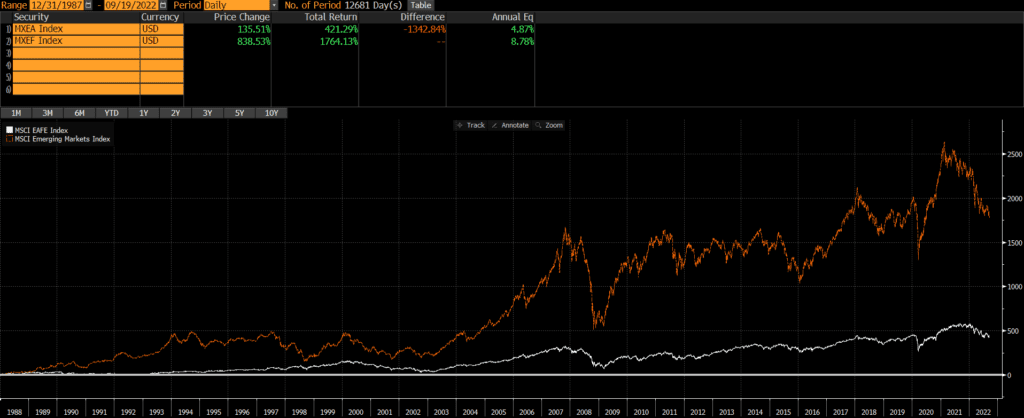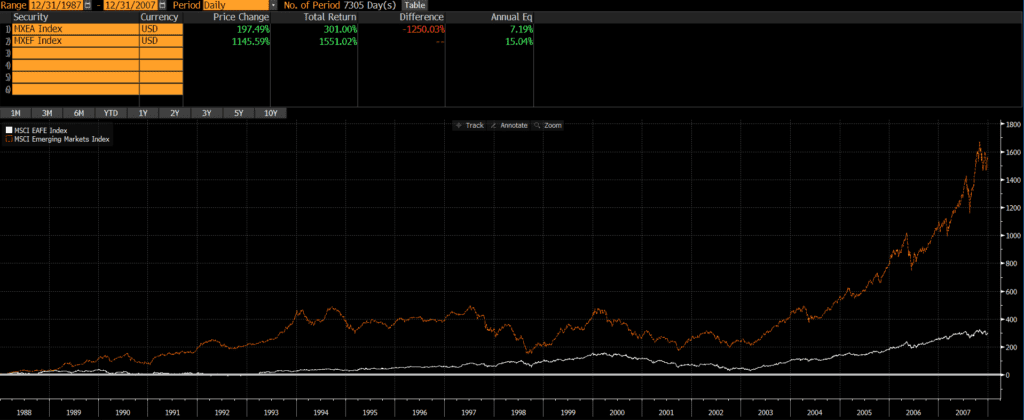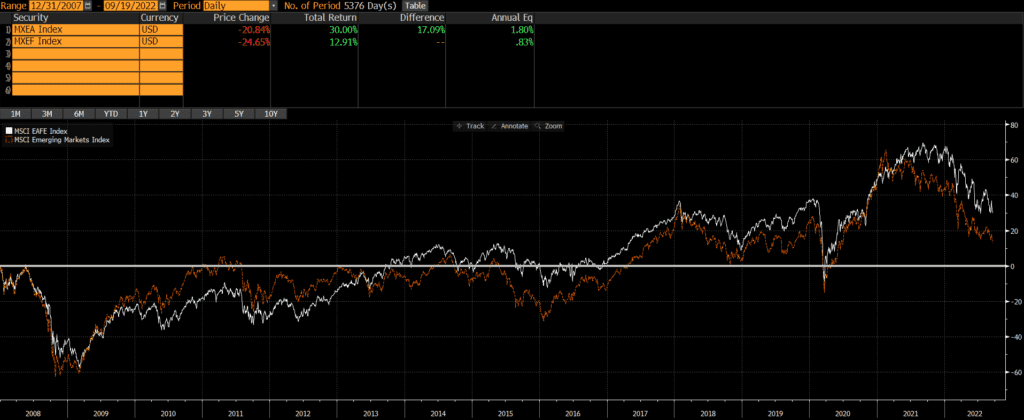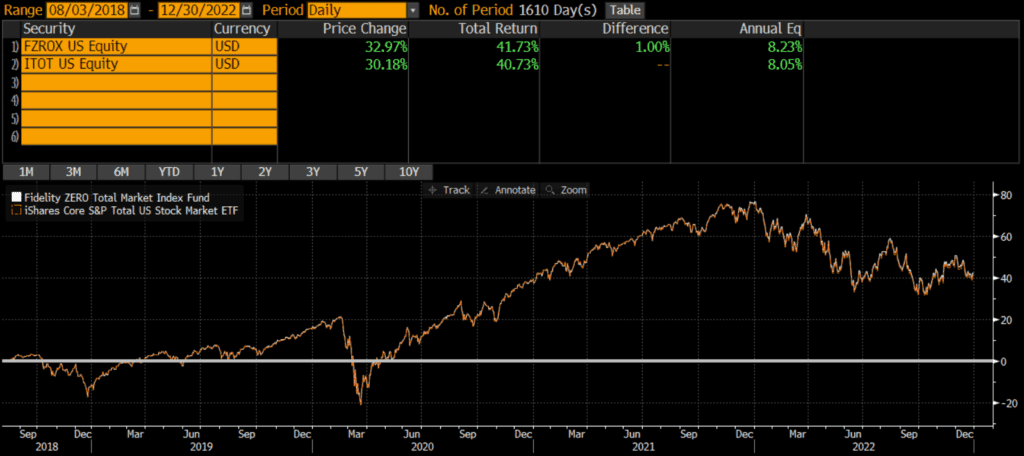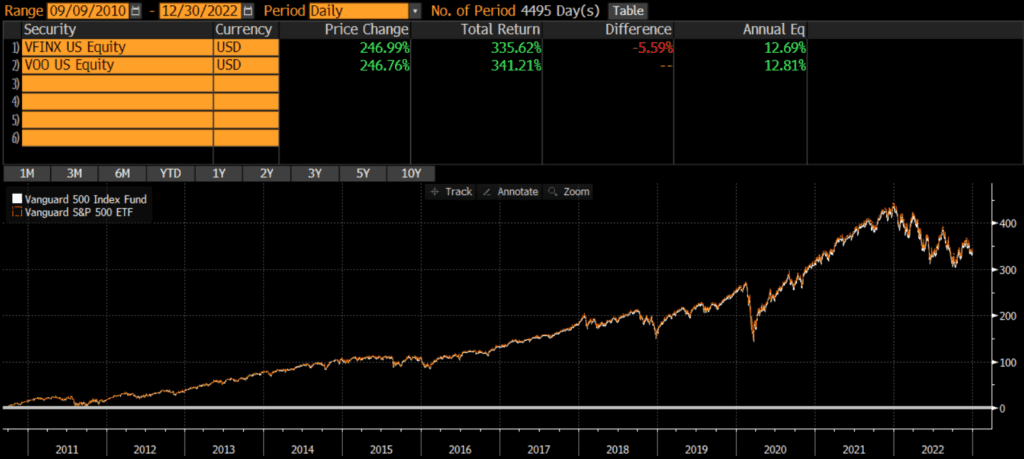Is Kroll Monitoring Legit
Is Kroll Monitoring Legit? A Review of Kroll Monitoring
Companies are hacked every day and every few months I receive a notification that my personal data has been compromised in a some company’s breach. These notifications often come with an offer for credit monitoring or protection.
The other day, I received a suspicious looking offer from Kroll Monitoring. There was no mention of a breach and although I have heard of Kroll, I didn’t know that they had a credit monitoring product. Phishing remains a serious threat these days, so I decided to do some research on Kroll.
Kroll Monitoring Is Legit
Fortunately, my research indicates that Kroll Monitoring is a legitimate company and Kroll Monitoring is a service frequently provided by companies to customers whose data has been exposed.
History
Kroll has a long and interesting history and has been in business for quite some time. Their services include notification and call center support, identity theft restoration and consultation, and credit and identity monitoring services provided to consumers on behalf of their clients. However, some people (including myself) have reported concerns about the company asking for sensitive information which has raised questions about the authenticity of the service. This is a common question about credit-related companies, such as TransUnion.
Features of Kroll Monitoring
Identity Theft Protection
Kroll Monitoring is similar to other competitors’ services. Their system monitors personal information, such as Social Security number, addresses, and financial accounts and alert customers of any suspicious activities or potential threats to their identity. This proactive approach allows consumers to take action quickly and protect themselves from potential harm.
Credit Monitoring
In addition to identity theft protection, Kroll Monitoring’s credit monitoring services offer additional protection. They monitor credit reports from all three major credit bureaus and inform consumers of any changes or inquiries made on accounts. This allows people to keep track of their credit health, spot any errors in their credit report, and get alerts when there’s a potential issue, such as fraudulent activity or unauthorized access.
Identity Restoration
In the unfortunate event that your identity is stolen or compromised, Kroll Monitoring offers access to their identity restoration services. Their team of experts works to guide victims through the process of recovering their identity. They provide assistance in contacting creditors, disputing fraudulent transactions, and providing legal guidance when necessary.
Financial Indemnity Insurance
Kroll Monitoring provides financial indemnity insurance as a part of their services. In the event that someone experience losses due to identity theft, they offer financial compensation up to a certain limit. This insurance eases some of the financial stress resulting from identity theft, and allows people to focus on restoring their credit and identity.
User Reviews and Testimonials
During my research on Kroll Monitoring, I came across varying opinions about the legitimacy of their services. Some users on the Better Business Bureau® website mentioned concerns about providing their Social Security number to Kroll Monitoring, expressing suspicion about their A+ rating claims.
While browsing Reddit, I found a post where a user received a letter from Lakeview Loan Servicing offering complimentary identity monitoring services from Kroll Monitoring. However, this user also hesitated to provide their Social Security number, which is a common concern (and one that I experienced).
Is Kroll Monitoring Legit?
In short, yes, Kroll Monitoring is legitimate. My own experience mirrors others in that I was not sure why they were contacting me or requesting personal information. If you receive something from Kroll, a company was likely hacked and your information was possibly compromised. Hacked companies (or their insurers) typically pay Kroll to reach out affected consumers and offer Kroll Monitoring. If you receive something from Kroll, I would double-check to ensure it is actually Kroll contacting you.
Kroll’s official website is krollmonitoring.com or enroll.krollmonitoring.com.
Frequently Asked Questions (FAQs)
Is Kroll Monitoring a scam?
Kroll Monitoring is not a scam. It is a legitimate credit monitoring service. However, double-check to ensure any communication is from Kroll and not a scammer posing as Kroll.
Is Kroll Monitoring safe?
Kroll Monitoring is a legitimate company, but providing one’s personal information to any company carries some risk. Credit monitoring services may help prevent and mitigate the risks of past data breaches, but these companies can be breached themselves (just look at Equifax).
What is Kroll Monitoring?
Kroll Monitoring is a identity theft and credit monitoring service. Companies that have experienced data breaches often offer Kroll Monitoring to those who have had their data exposed.
Is Kroll Monitoring free?
Kroll Monitoring is often offered for free to people who have had their data exposed in a data breach. The company who experienced the data breach typically pays for the service (or their cyber insurance provider pays for the service).
Is enroll.krollmonitoring.com legit?
Yes, enroll.krollmonitoring.com is a legitimate website and the official page to sign up for Kroll Monitoring services if your data has been exposed in a breach. Enroll.krollmonitoring.com is not a scam, so you can rest assured that the email or postal mail that you received is legitimate.



